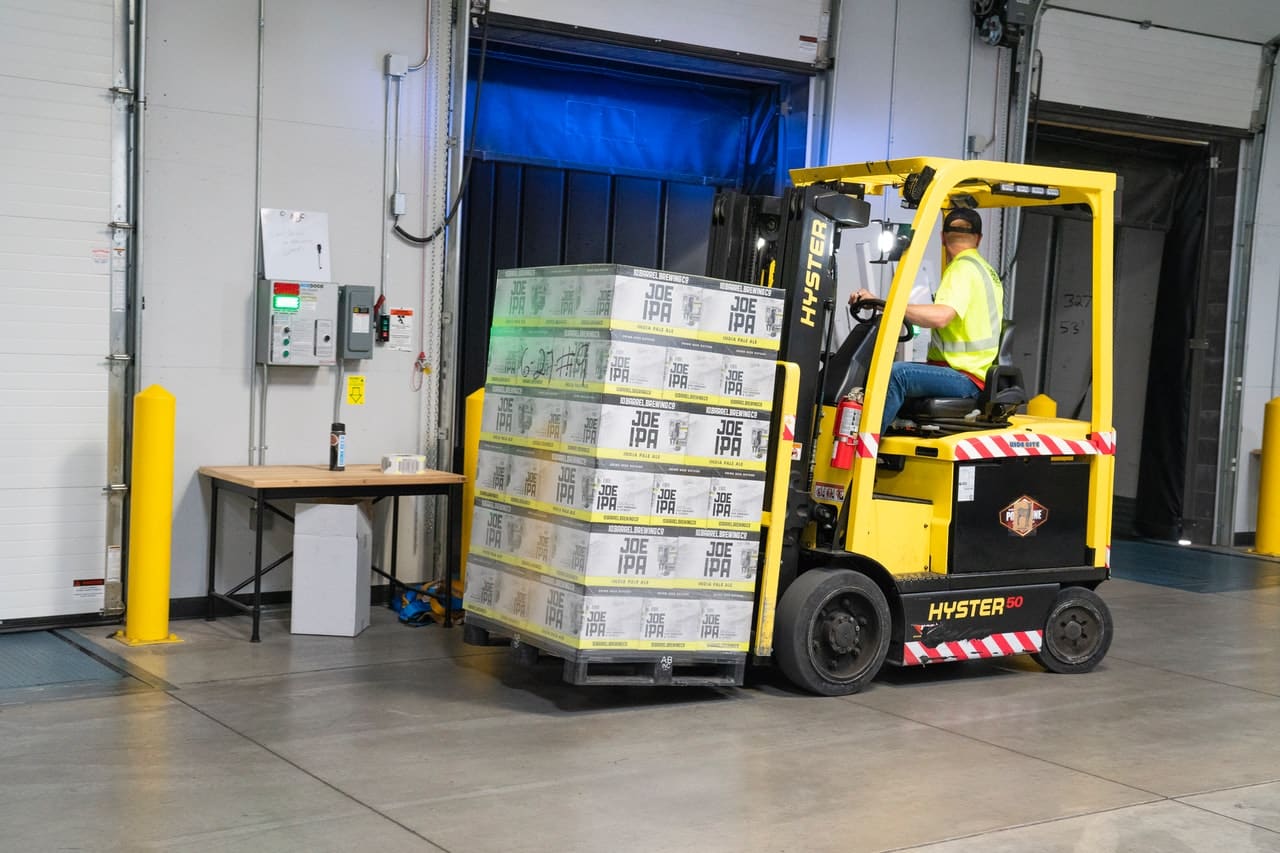
What Is the Future of Sustainable Products?

Sustainability is swiftly becoming a hot topic in business. For some companies and industries, this has been the result of the stark realization of just how damaging their practices are to the environment. For others, increasing consumer demand for businesses they support to have a positive impact has forced them to rethink their priorities. One recent study reported that 88% of those consumers polled stated they wanted brands to actively help them be more environmentally-friendly and ethical in their everyday lives.
So what does this mean for the creation of products? Well, it’s not enough for the product to have been created with environmentally-friendly materials. There needs to be a clear line of ethical and ecological consideration from ideation, all the way through to distribution. In some cases, the product itself needs to also help improve our planet and the lives of those who use it.
Let’s explore how sustainability fits into manufacturing. In our ongoing quest to make our lives more environmentally-friendly, what expectations should we place on businesses and their products?
Design and Development
Sustainability begins not with the product itself, but with the infrastructure of the design process. Thankfully, many manufacturers have already started to embrace more sustainable, paperless methods of undertaking the design process. Computer-aided design (CAD) software, coupled with the use of graphics tablets, with files shared between departments via the cloud has become the norm. While it’s fair to say this is largely due to efficiency rather than sustainability, it’s important to note there are no good economic or practical excuses not to go paperless in product design.
From here, conscious consideration must be applied during the product development stages. Again, this makes as much practical sense as it does environmental. There are clear milestones to each aspect of development, and by making sustainability an early aspect of each, this reduces the inefficient need to go back and make adjustments. At the initial ideation stage, sustainability can be introduced as a customer priority alongside other needs. As designers move through narrowing the product options they can see where practices might be obstacles to creating a sustainable item. Even developing the prototype can give key insights into how successful those green methods are before going to full production.
Over recent decades product testing has also begun to lean toward not just environmental sustainability, but ethical efficacy too. Creating cruelty-free products is vital to success, and consumers are demanding more transparency in how items are developed. One of the positive side effects of cruelty-free testing is there is a tendency to use fewer harmful chemical byproducts and less non-biodegradable packaging with plastics that harm ocean animals. This focus on kinder testing procedures has a cyclical effect in which less reliance on animal use results in healthier global ecosystems.
Materials and Production
Manufacturers have become acutely aware of how raw materials are finite resources and have started to embrace solutions with less of a detrimental impact on the environment. According to one report, the use of bioplastics — materials produced from renewable biomass sources — are expected to grow from 2.1 million tons in 2019 to 2.4 million tons in 2024. Even with this growth in manufacturing, it is expected the land used to grow the materials for these bioplastics will remain the same.
We can also expect the future of sustainable products to include the implementation of carbon reduced manufacturing methods. Big industry players are already setting out their commitments to reduce the footprint their processes leave. L’Oreal is an excellent example of this. They’ve not just set out their targets — a reduction of their global impact of 60% — but also how they plan to achieve this. The company has started to make improvements that support sustainability: optimization of manufacturing processes, insulation in buildings to reduce energy consumption, and less wastewater generation.
But it’s important to note we can’t just consider “product” to be smaller items. Production also extends to our homes and cities. Building materials have already started to move toward safer and more sustainable approaches. In the last couple of decades, we’ve seen asbestos eliminated from production. This mineral was commonly used for a variety of heat resistant applications in home construction. But studies showed it’s inhalation led to lung cancers. Alongside air, water, and soil contamination following both construction and demolition, this has led to it being no longer accepted for use in buildings. As we move toward a more sustainable future, we may well discover more existing materials unsuitable for supporting community life.
Distribution and Aftercare
Products are sustainable not only by the materials and processes used to make them. We have to consider whether the methods used to get them to us, and how we live with them, also make an impact on the environment.
One of the main points of consideration is greener shipping methods. Packaging is already a focus, with 11 major corporations — including Nestle, PepsiCo, and Unilever — taking a pledge during 2018’s World Economic Forum to ensure all their packaging is reused, recycled, or composted by 2025. There are also efforts to utilize methods that reduce emissions from delivery driving. UPS recently ordered 10,000 electric delivery vehicles, and autonomous technology — including drones — are being explored for last-mile deliveries in the logistics industry.
However, sustainability also needs to continue to be evident after purchase. Manufacturers have to start to consider how we clean items once they’re in our home. Harsh chemicals, such as bleach, are effective in removing algae and molds. However, they are also known to have toxic effects not just on our health; they pollute the water, interact with the air, and have a detrimental effect on wildlife. As we focus more on creating sustainable products, we also need to ensure they are easy to clean and maintain using natural methods.
Conclusion
We all benefit from an industrial age that makes convenient products accessible to us all. But this also presents environmental risks. Manufacturers are already starting to embrace methods of design, production, and shipping to reduce their negative impact. However, it is also up to us as consumers to continue sending the message — through social media, direct contact, and our purchasing decisions — we do not just prioritize sustainability, we demand it.



Post a comment